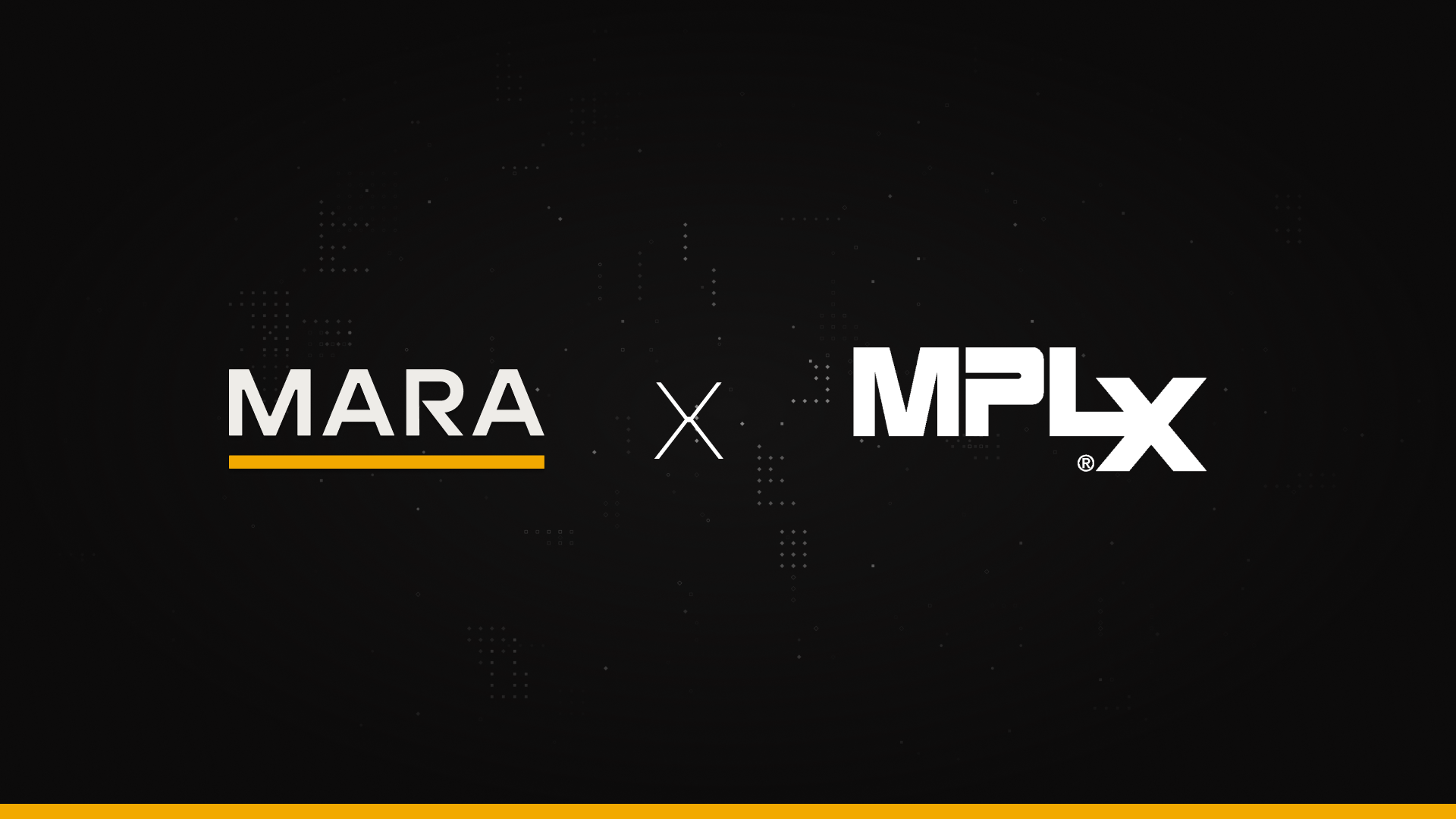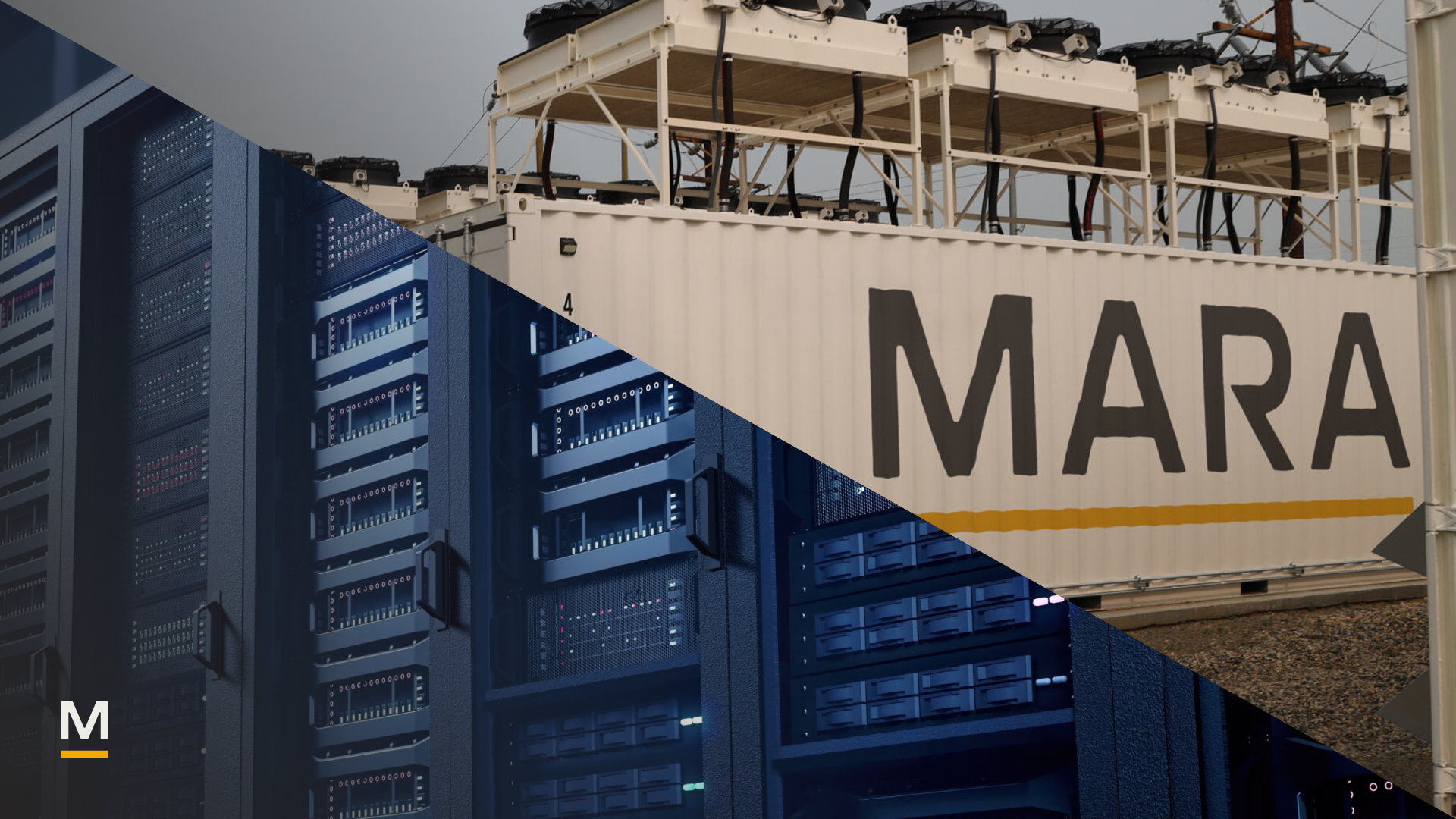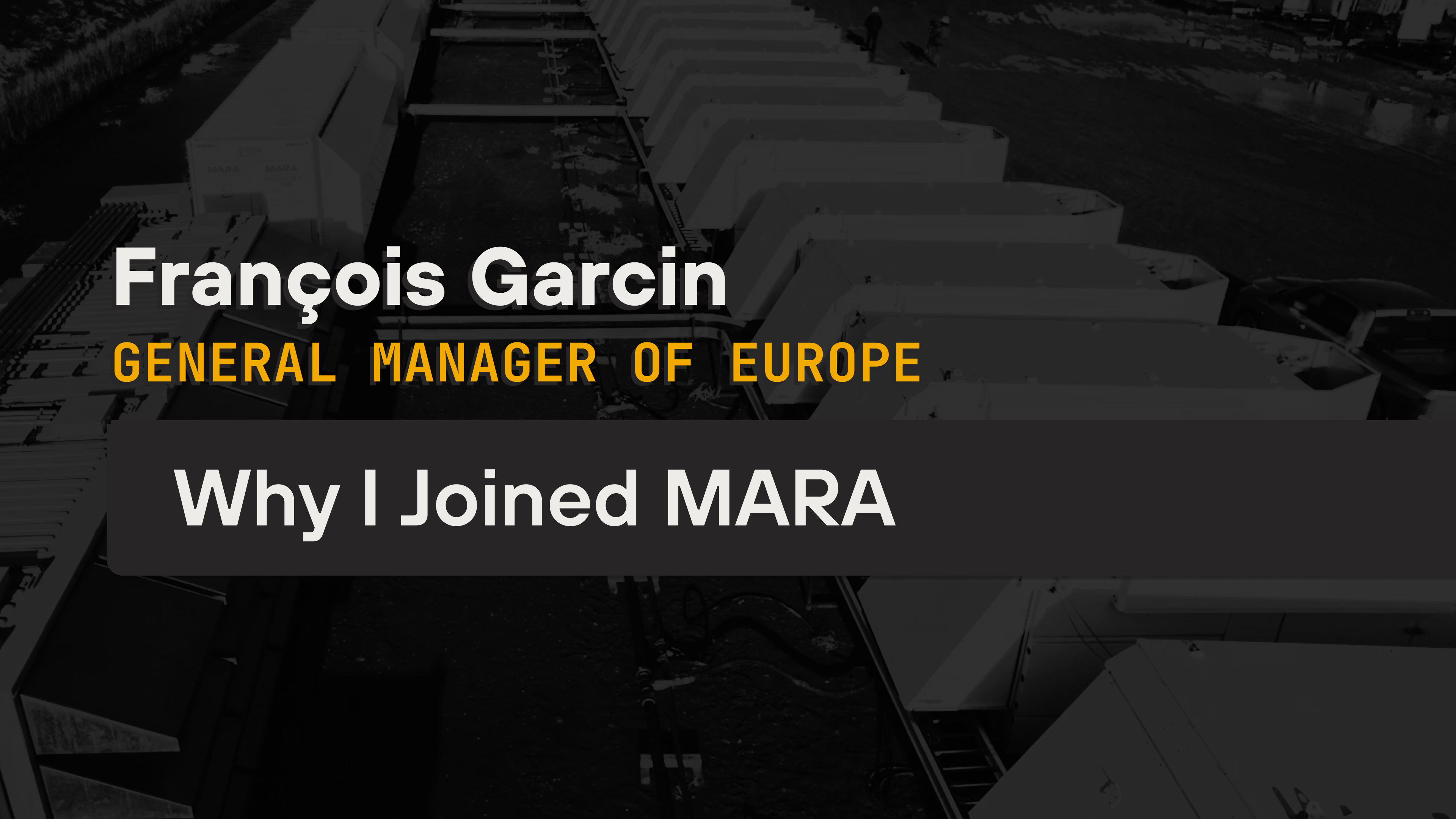District Energy Magazine published an abridged version of this article in its third quarter, 2025 issue.
TLDR
- While common across colder parts of Europe, 90% of global district heating still depends on fossil fuels. This reliance drives up both emissions and operating costs, underscoring the urgent need for cleaner, more scalable heat sources.
- Nearly all the electricity consumed in Bitcoin mining is converted into heat. When captured and reused, this waste heat becomes a low-carbon heat source that reduces heating costs and supports district heating network decarbonization.
- In Finland, MARA integrated Bitcoin mining into two existing district heating systems in less than 30 days. These deployments now deliver megawatts of clean, consistent heat, cutting capital costs, lowering emissions, and replacing legacy fuels like peat, oil, and wood.
Introduction
"Waste heat recovery can help industrial companies curb emissions, but this potential is largely untapped. Now is the time to turn waste heat into profit." - McKinsey
Heating our homes, offices, schools, and cities is not just a comfort, it’s a fundamental necessity. Globally, this critical need still remains heavily reliant on fossil fuels. According to the International Energy Agency (IEA), space and water heating account for nearly half of all energy consumed in buildings, with fossil fuels supplying more than 60% of this energy. Despite ongoing efforts to transition to cleaner solutions, reliance on fossil fuels like coal and natural gas has only declined by 4% since 2010.
The Promise & Challenge of District Heating
District heating systems, particularly common in colder urban regions of Northern and Eastern Europe, offer a promising approach to reducing emissions from heating. These systems reduce heating costs and equipment needs by centralizing heat generation, enabling economies of scale, offering flexibility in energy sources, and improving local air quality in urban areas.
Yet for all its advantages, district heating is still largely dependent on fossil fuels, which currently supply 90% of the heat delivered by district heating networks globally. According to the IEA, district heating-related CO₂ emissions increased by 25% from 2010 to 2022, accounting for nearly 4% of global emissions. Clearly, a sustainable and scalable alternative is urgently needed.
Electrifying heat production, especially in regions with low-carbon or renewable electricity, offers one of the most direct and impactful ways to reduce emissions from district heating. Using the heat generated from Bitcoin mining could significantly advance this electrification, transforming digital energy infrastructure into a source of high-temperature, low-carbon heat.
The Limits of Conventional Data Centers for District Heating
Data centers consume electricity continuously, producing substantial waste heat that can be harnessed as a valuable energy source for district heating networks. Although some data centers recycle heat successfully, such cases remain rare and require specific conditions, such as proximity to population centers and specialized cooling infrastructure.
Traditional data centers typically use air-cooling systems, producing heat at temperatures of just 25–35°C. However, district heating networks generally require significantly higher temperatures (often 80°C or above) to reliably heat buildings. Raising the temperature further to meet these demands requires costly infrastructure that often consumes significant energy, reducing both the efficiency and economic viability of the process.
Furthermore, data centers are typically located far from urban areas and existing district heating systems, limiting their practicality for district heating. As a result, traditional data centers have struggled to provide a globally scalable and repeatable solution to meaningfully electrify heat production. Effectively harnessing digital energy infrastructure as a sustainable heat source requires a new approach—one that can navigate both technical and geographic challenges.
Bitcoin Mining Offers Concentrated Onsite Heat Source for District Heating
Bitcoin mining uses specialized computers to validate transactions and secure the Bitcoin network. This process generates not only valuable digital capital but also substantial heat. In fact, nearly all the electricity used by Bitcoin mining servers is converted directly into thermal energy.
To maximize efficiency, Bitcoin miners are increasingly utilizing liquid cooling, capturing highly concentrated heat for integration into district heating networks. The compact nature of mining operations allows for strategic placement directly within or adjacent to heating facilities, minimizing thermal losses, lowering operating costs, and simplifying integration without the need for extensive pipelines, fiber optic connections, or costly equipment like thermal batteries and industrial heat pumps.

Bitcoin mining provides two simultaneous products from a single energy input: a valuable digital commodity and usable heat. This model offsets heat production costs, making heat both economically attractive and scalable. Furthermore, the mining partners typically build, own, and operate the digital energy infrastructure, providing district heating operators with a sustainable, cost-effective solution that can be scaled to 100 or more megawatts to meet high baseload demands. MARA’s projects integrating Bitcoin mining with district heating systems in Finland represent a compelling example of how Bitcoin mining can accelerate the electrification and decarbonization of district heating while reducing district heating capital expenditures and operating costs.

Real-World Success: Bringing Bitcoin Mining Heat to Finnish Cities
In Finland, MARA has showcased the speed and efficiency of integrating Bitcoin mining into existing district heating systems. At two sites in western Finland, the company deployed and energized its mining and heat capture systems in under 30 days, demonstrating exceptional speed and simplicity.

Leveraging the high-density, consistent heat generated by Bitcoin mining hardware, MARA’s projects reliably supply heat directly into local district heating networks. The site in Satakunta provides 3.5 megawatts of heat between 55–78°C, suitable for direct network integration without requiring heat pumps during milder seasons. Similarly, the facility in Seinäjoki delivers one megawatt of heat at 50–60°C from miners and an additional 0.25 megawatt from heat pumps to meet peak winter demands of 95°C.

Using the latest emission factors for electricity consumption and district heating in Finland, MARA and our partners estimate that each megawatt of recycled heat from Bitcoin mining results in 455 fewer metric tons of CO₂ emissions per year than the average district heating facility in Finland, and as much as 720 metric tons if leveraging carbon free energy like our operations in Satakunta. These successful deployments underscore the scalability and sustainability of Bitcoin mining as a heating solution within district heating networks.
Conclusion: Bitcoin Mining Is an Emerging Tool for Decarbonizing District Heating
Heat is one of the world’s largest energy demands, and district heating represents one of the most efficient methods of delivering this essential resource. However, the widespread reliance on fossil fuels such as coal and natural gas in district heating networks contributes to global carbon emissions.
Electrification of district heating presents a compelling path toward reducing emissions. Industrial heat pumps are a common path to electrification, but while they are highly efficient, they require considerable up-front costs. This cost barrier has prompted exploration of data centers as a heat source, but despite their abundant waste heat, conventional data centers are often unfit due to their low heat output and location constraints.
In contrast, Bitcoin mining emerges as a practical and scalable alternative. The electricity consumed by mining equipment is converted into high-quality heat, suitable for direct integration into district heating networks. Furthermore, the digital energy infrastructure can displace other heat production systems, potentially reducing significant capital costs to district heating companies. MARA’s successful projects in Finland provide evidence of this solution, demonstrating rapid deployment, reducing capital costs, operating costs, and emissions.
“[MARA and its partners] produced a constant flow of quality heat energy to our district heating network from their data center. With that heat, we replaced peat, oil, and wood. This development boosts our efforts on replacing fossil fuels and lowering CO₂ emissions. These systems have significantly lowered the total heat production cost in Seinäjoki.” - Mikko Mursula, Head of District Heating Unit at Seinäjoen Energia.
For district heating operators seeking a fast, scalable route to electrification, Bitcoin mining now stands out as a practical solution for cutting carbon and costs, while keeping our communities warm.
Let’s put waste heat to work.
If you're looking to cut costs, lower emissions, and electrify your heating operations fast, let's talk. Reach out to heat@mara.com for more information.
Disclaimer
This report is provided for general informational purposes only. The opinions expressed in the report may differ from those expressed by MARA, its officers, employees, directors or advisors or their affiliates. The information on this report does not constitute investment, legal, accounting or other advice or information by MARA or its officers, employees, directors or advisors or their affiliates. Information has been obtained from sources believed to be reliable, but MARA or its affiliates do not warrant its completeness or accuracy. Outlooks and past performance are not guarantees of future results. The information in the report may be changed without notice and is not guaranteed to be complete, correct or up-to- date, and may not reflect the most current developments.
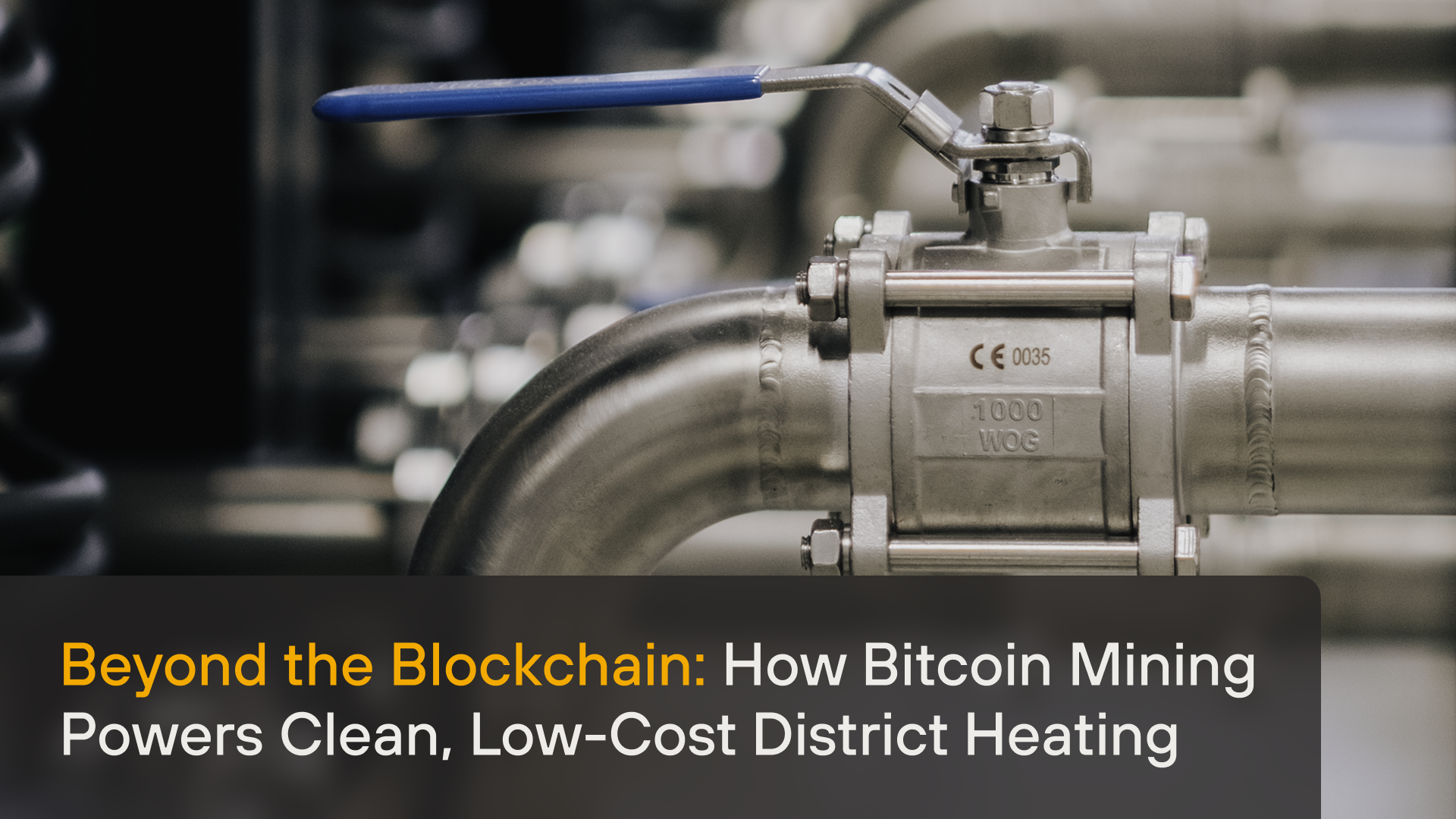

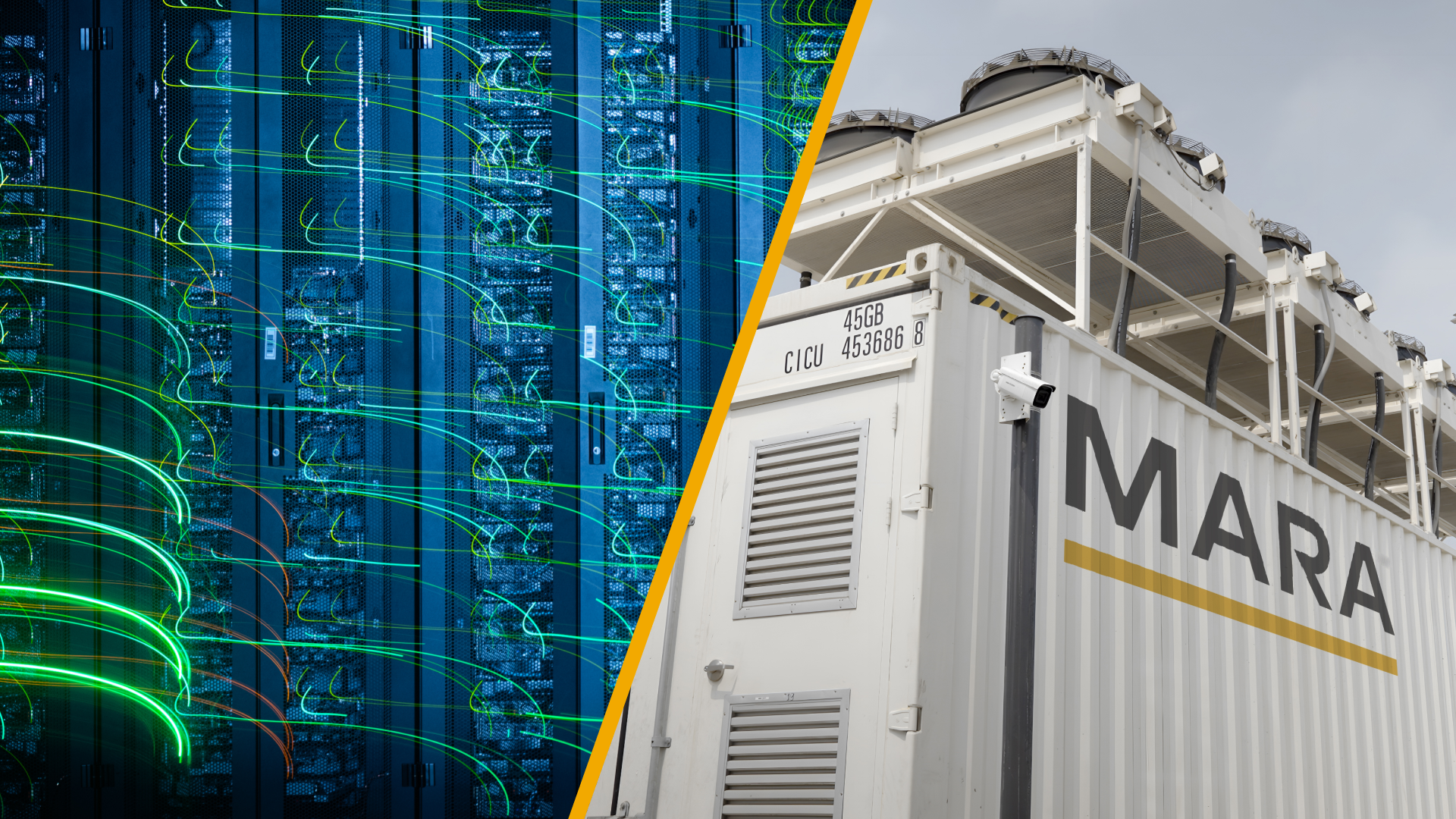
.png)
